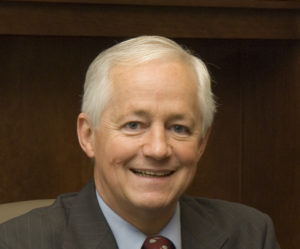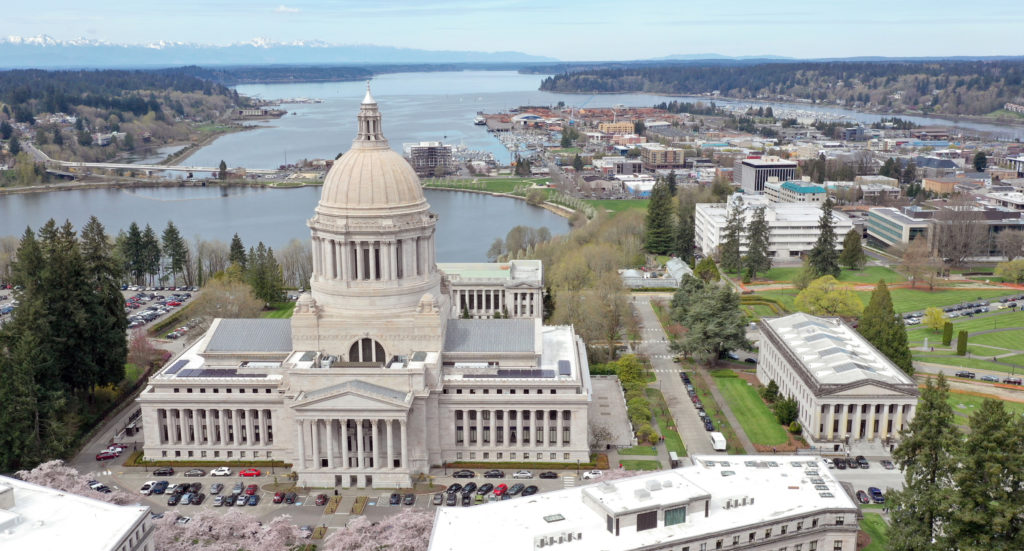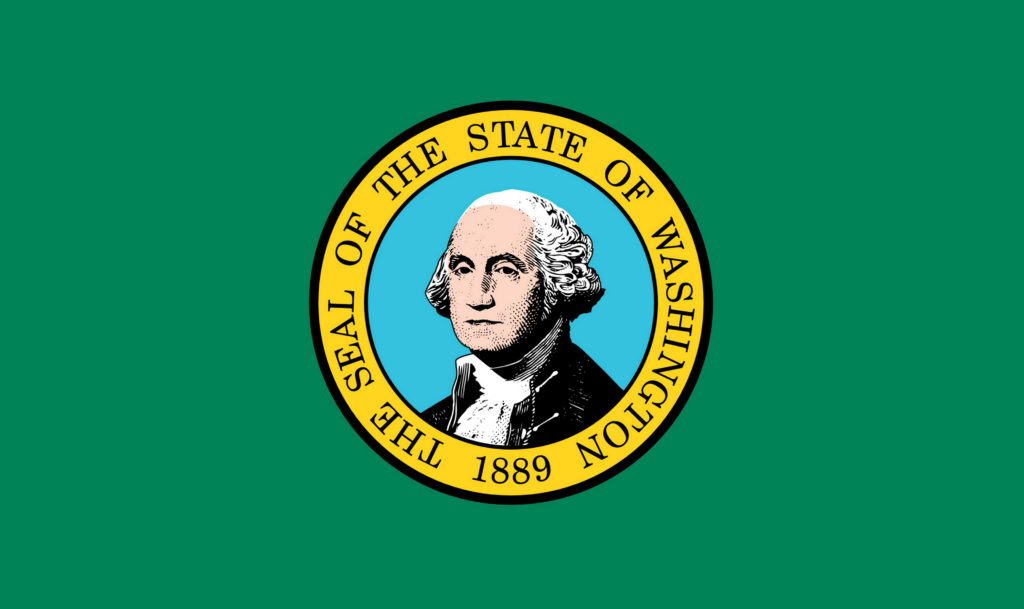
Wash. OIC rejects petition to clarify reasonableness burden on auto insurer
By onBusiness Practices | Insurance | Legal | Market Trends
The Washington Office of the Insurance Commissioner earlier this month denied a petition to eliminate auto insurance regulatory language that “promotes payments for less than the indemnity standard and improper repairs.”
The petition by Galileo Law attorney Paul Veillon sought to strike Washington Administrative Code language that unduly elevates the insurer’s estimate, ignores natural diversity within the collision industry, and undercuts the spirit of shop choice law.
In addition to the unfair claims settlement practices specified in this regulation, the following acts or practices of the insurer are hereby defined as unfair methods of competition and unfair or deceptive acts or practices in the business of insurance, specifically applicable to the settlement of motor vehicle claims: …
(4) Failing to prepare or accept an estimate provided by the claimant that will restore the loss vehicle to its condition prior to the loss.
(a) If the insurer prepares the estimate, it must provide a copy of the estimate to the claimant.
(b) If a claimant provides the estimate and the insurer, after evaluation of the claimant’s estimate, determines it owes an amount that differs from the estimate the claimant provided, the insurer must fully disclose the reason or reasons for the difference to the claimant, and must thoroughly document the circumstances in the claim file.
(c) If the claimant chooses to take the loss vehicle to a repair facility where the overall cost to restore the loss vehicle to its condition prior to the loss exceeds the insurer’s estimate, the claimant must be advised that he or she may be responsible for any additional amount above the insurer’s estimate. (Minor formatting edits.)
Veillon’s petition sought to have the OIC eliminate (a), (b), and (c) and let the language in (4) stand on its own.
“Subsections (a), (b), and (c) of WAC 284-30-390(4) are superfluous in harmonizing -390(4) with the principle of indemnity,” Veillon wrote. “Therefore, to the extent that those subsections permit carriers to pay benefits lower than indemnity, they are inappropriate. …
“The three subsections, taken together, produce a dynamic that promotes payments for less than the indemnity standard and improper repairs. They harm the consumer’s right to choose their own shop. And they harm the rights of ‘independent’ shops to run their businesses without participating in ‘direct repair’ relationships with insurance companies.”
Veillon provided a logical argument that this change would make the message from WAC 284-30-390(4) more in line with legal tort and indemnity precedent and even auto insurance PIP regulations written by the OIC. He also provided examples of how direct repair program shops unfairly promoted by the current language delivered bad repairs.
But the OIC said that while it had the authority to change the regulations, it lacked sufficient facts to meet the 1997 Revised Code of Washington requirement that “The commissioner shall include a detailed description of facts upon which he and she relied and of facts upon which he or she failed to rely, in defining the method of competition or other act or practice in the conduct of insurance to be unfair and deceptive.”
“At this time, the Commissioner does not have sufficient facts to rely on to amend WAC 284-30-390(4) and remove subsections (a), (b), and (c) as it being the reason for consumers not provided adequate insurance funds to repair their vehicle to a pre loss condition,” OIC policy and rules manager Gynger Steele wrote July 2.
“… Despite the OIC not having adequate data to amend the above referenced WAC, the agency is certainly interested in matters adversely impacting Washingtonians. When the appropriate authority exists and relevant data is available to support the creation and modification of rules, the OIC is certainly willing to research issues falling within its purview of authority, and attempt to identify positive associated outcomes.”
As noted above, the changes seemed merely to clarify unfair claims practices rather than create new ones.
“That was my intention,” Veillon said in an interview Tuesday.
He said that a third-party claim today defined damages as the “reasonable cost of necessary repairs.” First-party claims are “fudgier” because of policy language, but ultimately it’s pretty well accepted at the appraisal stage that the “amount of loss” is handled the same as in a third-party situation, he said. A court would instruct a jury to consider the “reasonable cost of necessary repairs,” Veillon said.
Veillon said he was trying to tell the DOI, “‘You guys have a bunch of stuff in there that’s extra.'” Instead, offer “‘one consistent message, throughout.'”
He said he was conveying that the agency already had a regulation on PIP, and why not write auto repair “‘to read the same way?'”
Veillon said his expertise was in tort and insurance law, not administrative law, and he couldn’t speak to the threshold for fact-finding cited by the OIC. “They could very well be right,” he said.
It was possible that “analytically asinine” regulation language still wasn’t very changeable, he said.
However, the OIC confirming itself unable to help would provide a greater “toehold” seeking change through the Legislature, Veillon noted. It demonstrated that one had indeed tried the OIC first, but “‘I have to come to you.'”
Even if the OIC wasn’t satisfied, the petition provides a compelling argument worth reading by lawmakers, repairers and consumers. It might also provide a framework for other states whose lawmakers and regulators perhaps used a similar insurance rule template as Washington.
Cutting (a), (b) and (c)
Veillon in pushing for the changes pointed out the problem with relying on an insurer’s estimate as implied by WAC 284-30-390(4)(a) instead of one prepared by a collision repair professional.
“Subsection (a) permits insurance companies to write their own repair estimates even though they are not collision repair professionals, and those estimates are based on their claims handling guidelines, not necessarily by OEM or I-Car repair guidelines (except by coincidence),” Veillon wrote. “The estimates generally have a ‘bottom line’ price consistent with the price a ‘preferred network’ shop would accept.”
The idea is even more problematic considering estimates written off of photos or even an external inspection often are prepared prior to critical aspects of repair planning, such as teardown, measuring and diagnostic scans.
The attorney challenged (b) as giving the direct repair program shops an advantage, for it ” requires (not permits, but requires) insurers to provide policyholders with the names of body shops that will perform repairs with no risk of out of pocket expense – the ‘direct repair’ network.”
This complaint seemed to be referencing WAC 284-30-390(5), which classifies as an unfair claims practice a scenario where “If requested by the claimant and if the insurer prepares the estimate, failing to provide a list of repair facilities within a reasonable distance of the claimant’s principally garaged area that will complete the vehicle repairs for the estimated cost of the insurer prepared estimate.” However, it didn’t call for the abolition of that section.
Veillon also criticized subsection (c) for muddying the water of what an insurer truly owes.
“Subsection (c) requires (not permits, but requires) insurers to warn policyholders that if they use their repair facility of choice, they pay out-of- pocket for a portion of the repair,” he wrote. (Emphasis Veillon’s.) “That subsection does not permit insurers to pay less than what is reasonable – policyholders still have a contract right of appraisal – but its wording suggests exactly that permission. In practice, no consumers have any intention of paying (and often no ability to pay) more than their deductible for repairs, to they must choose either to do so and exercise an expensive, time-consuming remedy for reimbursement or abandon their shop of choice.”
Cutting those three elements would allow the regulations to more appropriately represent precedent from indemnity and tort law, according to the petition. At one point, Veillon quoted King Logging Co. v. Scalzo, which states, “When the claim involves injury or damage to personal property, short of complete destruction, the measure of damages is usually expressed as being limited to the difference in market value of the property before and after the injury or to the reasonable cost of repairs to restore it to its former condition, and for loss of use during the period of repair.”
“(A) plain statement in WAC 284-30-390(4) that an insurer owes benefits for the reasonable cost of necessary repairs to ‘restore the loss vehicle to its condition prior to the loss’ perfectly harmonizes the insurance code with Washington tort law and the principle of indemnity,” Veillon wrote. “Any manner in which subsections (a), (b), and (c) reduce a policyholder’s benefits below that level are inconsistent with Washington’s core compensation principles.”
Same as PIP
The deletion would also bring auto insurance in line with Washington personal injury protection insurance regulations, Veillon wrote.
WAC 284-30-395 requires insurers to pay PIP benefits for the reasonable cost of necessary collision-related medical care. The regulation does not permit insurers to pay a fixed reimbursement rate, as determined by them, for medical care, i.e., no insurer may refuse to pay an Emergency Department bill from Swedish merely because Virginia Mason or Kaiser probably would have charged less, to short-pay a $140 massage therapy bill merely because other massage therapists charge $120 for the same service even where $140 is within the reasonable range of charges in the region, or to limit a non-participating provider’s reimbursement to the rate the carrier would pay a provider who voluntarily participates in a “preferred provider” network. Any of those practices would permit providers to “balance bill” patients and therefore violate the principle of indemnity. To limit payment the carrier, not the policyholder, has the burden of proving that a charge is unreasonable – not simply that it is greater than the lowest rate in the market for a service, but that it is outside the reasonable range of charges for that service. For collision repairs, carriers do not accept a range of reasonable charges, parts decisions, and repair procedure decisions, and the regulation imposes on the policyholder the burden of proving, in an expensive appraisal process, that their loss is the amount their body shop charged. There is no analytical justification for treating policyholders with medical bills requiring payment differently from policyholders with collision repair bills requiring payment. (Emphasis added.)
WAC 284-30-395 would be a pretty strong template for auto physical damage insurance law in Washington or any other state — both in the level of expertise it demands to dispute a charge and the lack of “we don’t pay for that” or “no one else charges for that” wiggle room granted. It states:
(1) Within a reasonable time after receipt of actual notice of an insured’s intent to file a personal injury protection medical and hospital benefits claim, and in every case prior to denying, limiting, or terminating an insured’s medical and hospital benefits, an insurer shall provide an insured with a written explanation of the coverage provided by the policy, including a notice that the insurer may deny, limit, or terminate benefits if the insurer determines that the medical and hospital services:
(a) Are not reasonable;
(b) Are not necessary;
(c) Are not related to the accident; or
(d) Are not incurred within three years of the automobile accident.
These are the only grounds for denial, limitation, or termination of medical and hospital services permitted. …
(2) Within a reasonable time after an insurer concludes that it intends to deny, limit, or terminate an insured’s medical and hospital benefits, the insurer shall provide an insured with a written explanation that describes the reasons for its action and copies of pertinent documents, if any, upon request of the insured. The insurer shall include the true and actual reason for its action as provided to the insurer by the medical or health care professional with whom the insurer consulted in clear and simple language, so that the insured will not need to resort to additional research to understand the reason for the action. A simple statement, for example, that the services are “not reasonable or necessary” is insufficient.
(3)(a) Health care professionals with whom the insurer will consult regarding its decision to deny, limit, or terminate an insured’s medical and hospital benefits shall be currently licensed, certified, or registered to practice in the same health field or specialty as the health care professional that treated the insured.
As with health care PIP, an insurer could still object to a cost as unreasonable under the proposed auto damage regulation change. But it’d be on the carrier — not the consumer or provider — to prove otherwise.
“However, it would appropriately establish that there is in the market a range of reasonable costs to repair damaged vehicles and it would appropriately put the burden of proof on the insurers to raise over-pricing as a defense to payment after policyholders make the prima facie proof of loss (the actual cost of repairs at the shop of their choosing using parts of their choosing and OEM repair procedures),” Veillon wrote.
Ball back in consumers’ court
Otherwise, the process completely hands insurance a “blueprint” to win in court and stacks the appraisal process deck in favor of a short-paying insurer by making it “economically impractical” for a consumer to challenge the difference, according to Veillon.
The only option for policyholders in addressing a repair cost underpayment is to exercise their contract right to appraisal. Each party bears their own appraisal costs and half the cost of an umpire if one is necessary. These costs are often several times the amount in controversy. For all but the most egregious underpayments, appraisal is essentially, “paying $10 to solve a $3 problem” and therefore economically irrational.
The only remedy available if a policyholder prevails in appraisal and needs to recover the cost of the appraisal to make the victory less than pyrrhic is an action for extra-contractual damages (the tort of bad faith, the Consumer Protection Act, or the Insurance Fair Conduct Act). WAC 284-30-330(7) seems on its face to give policyholders a smooth path to winning such a lawsuit if they prevail in appraisal. But our courts … have unambiguously held that WAC 284-30-330(7) does not simply permit a Court or jury to compare the appraisal outcome to the pre-appraisal offer and determine the case in the policyholder’s favor if there is a substantial difference between the two. Instead, the policyholder must provide evidence that the carrier’s conduct, investigation, or claims practices were unreasonable. Subsections (a), (b), and (c) of WAC 284-30-390(4) provide carriers with a nearly iron-clad defense to an action for extra-contractual damages to recover the cost of the appraisal even where the carrier’s repair underpayment was arguably made “arbitrarily and without reasonable justification.” The Commissioner, in those subsections, provides carriers with a blueprint for “the reasonable process to follow” to underpay a collision repair. In contrast, WAC 284-30-395 provides no such blueprint except for hiring a consulting physician to provide an opinion justifying the denial of payment of benefits – a blueprint that appropriately puts the burden of defending the underpayment on the insurance carrier. (Emphasis Veillon’s.)
Images:
Democratic Washington Insurance Commissioner Mike Kreidler is shown. (Provided by Washington Office of Insurance Commissioner)
The Washington state Capitol is shown. The Office of the Insurance Commissioner is housed at the building at right. (ChrisBoswell/iStock)
A representation of the Washington state flag is shown. (Viktorcvetkovic/iStock)


